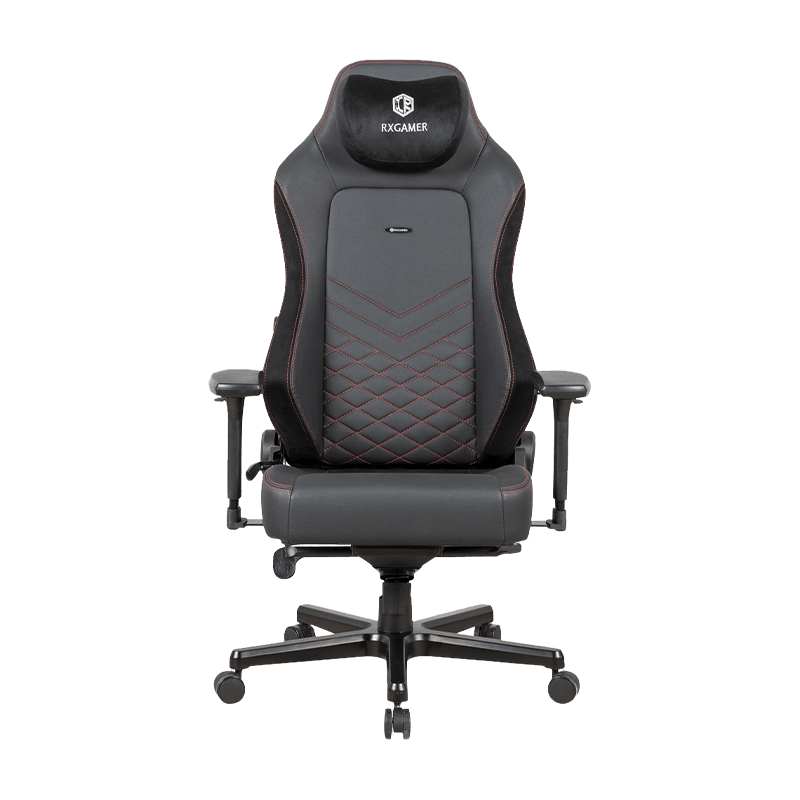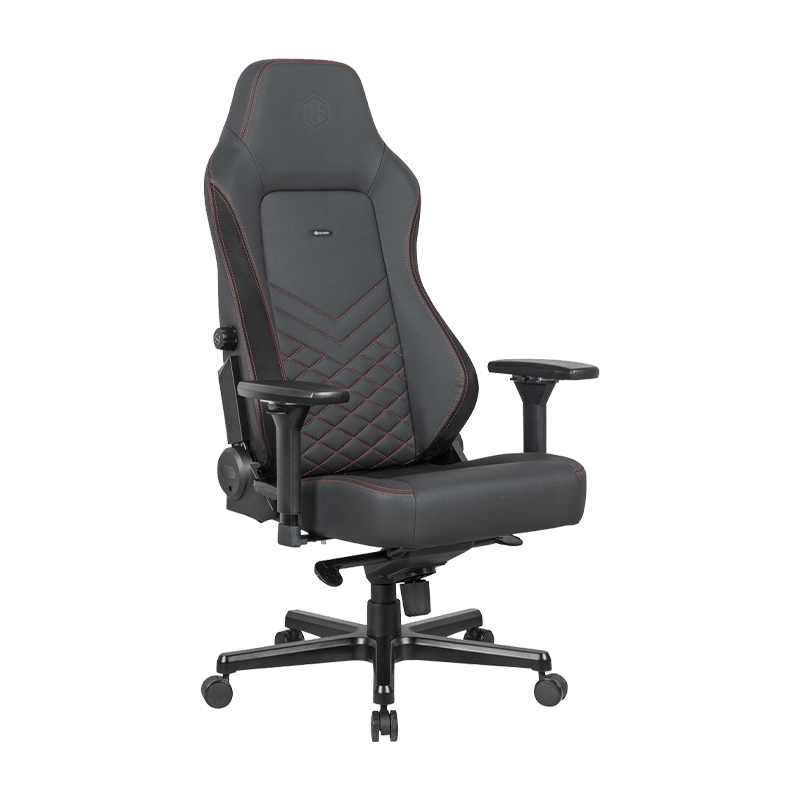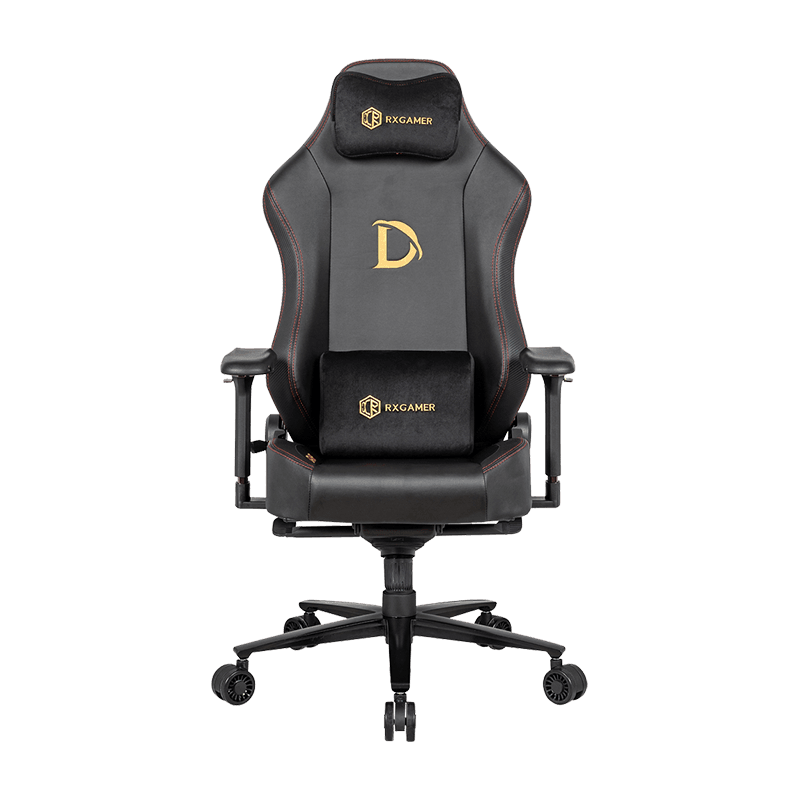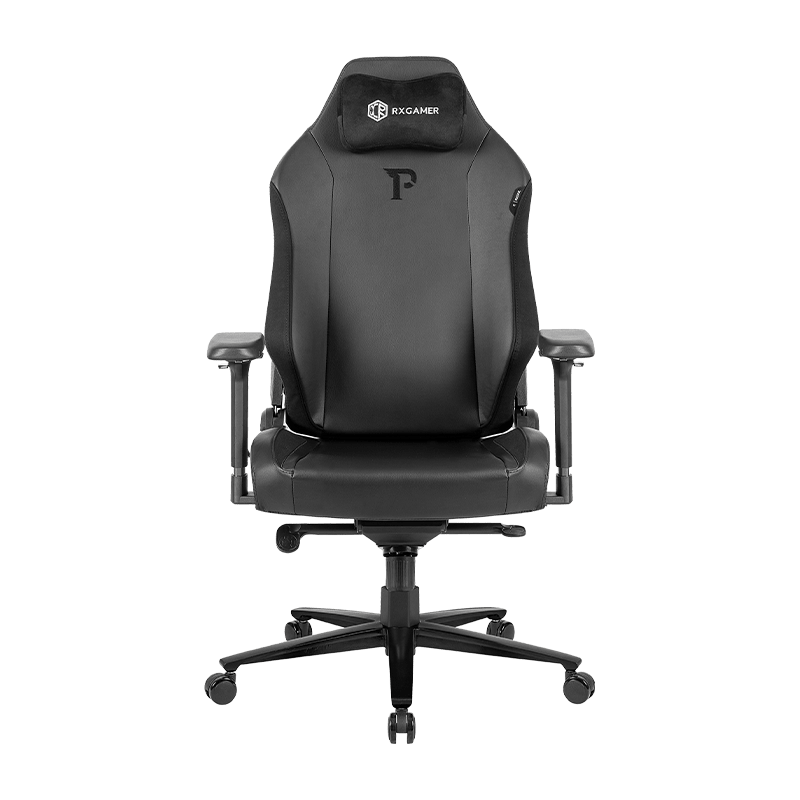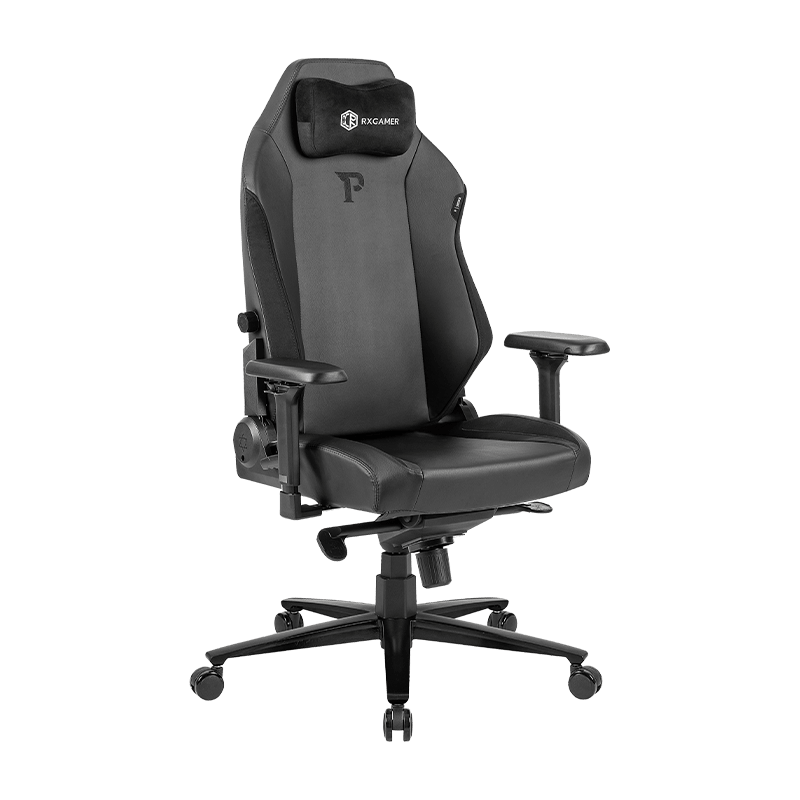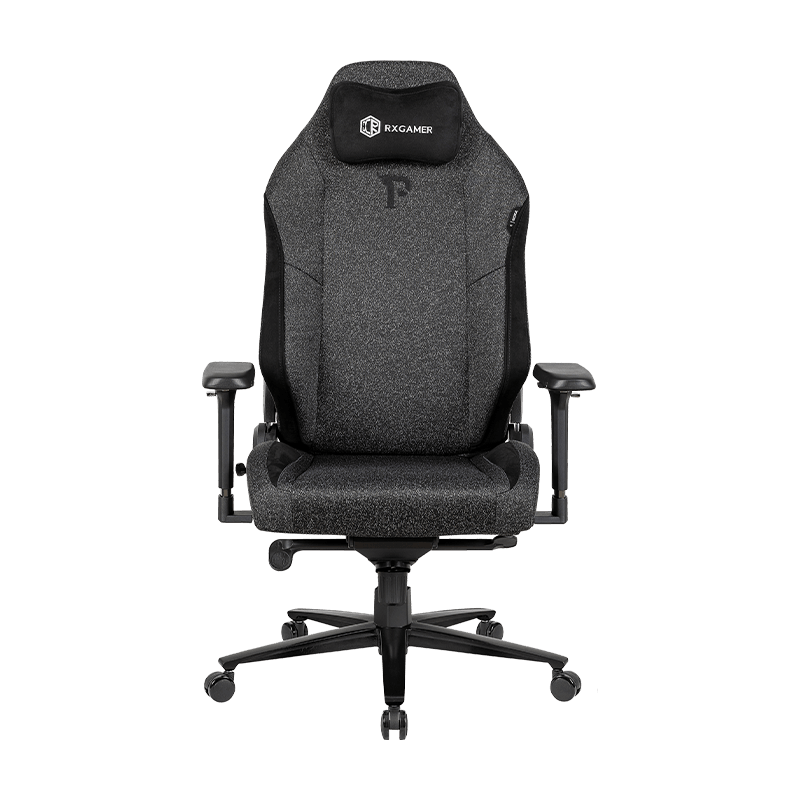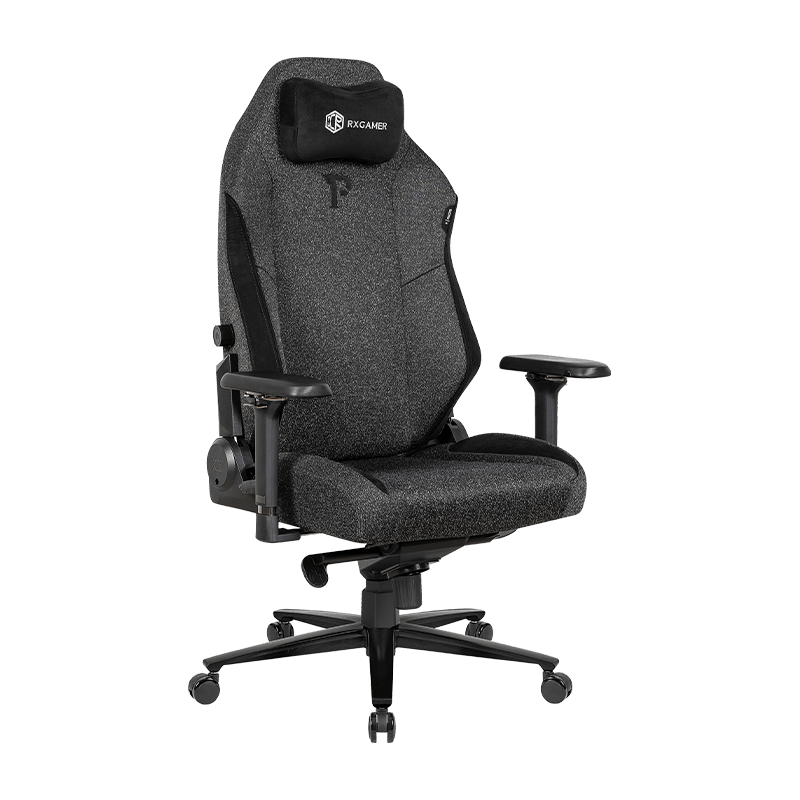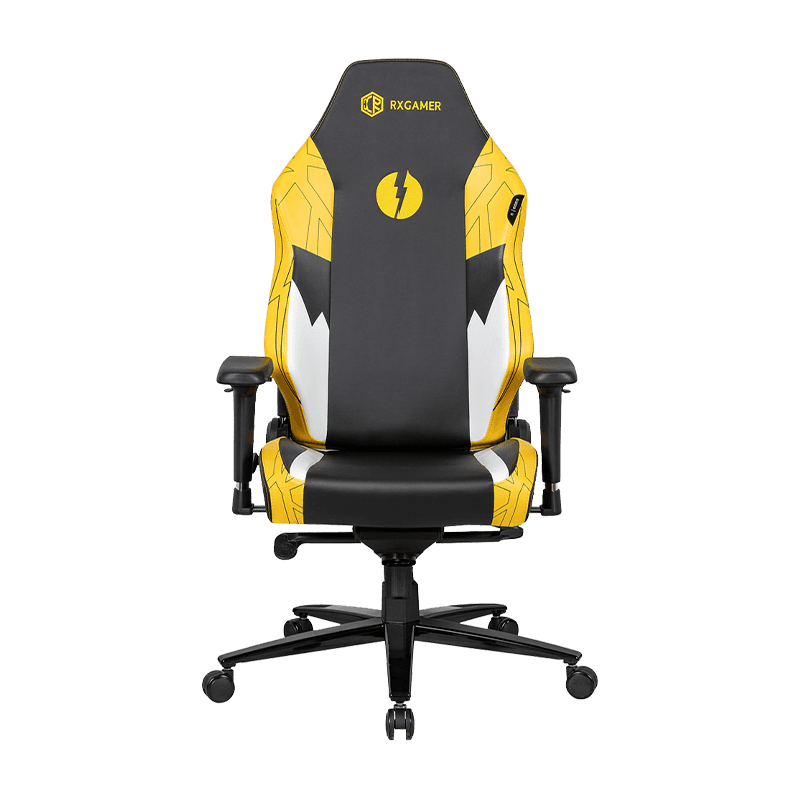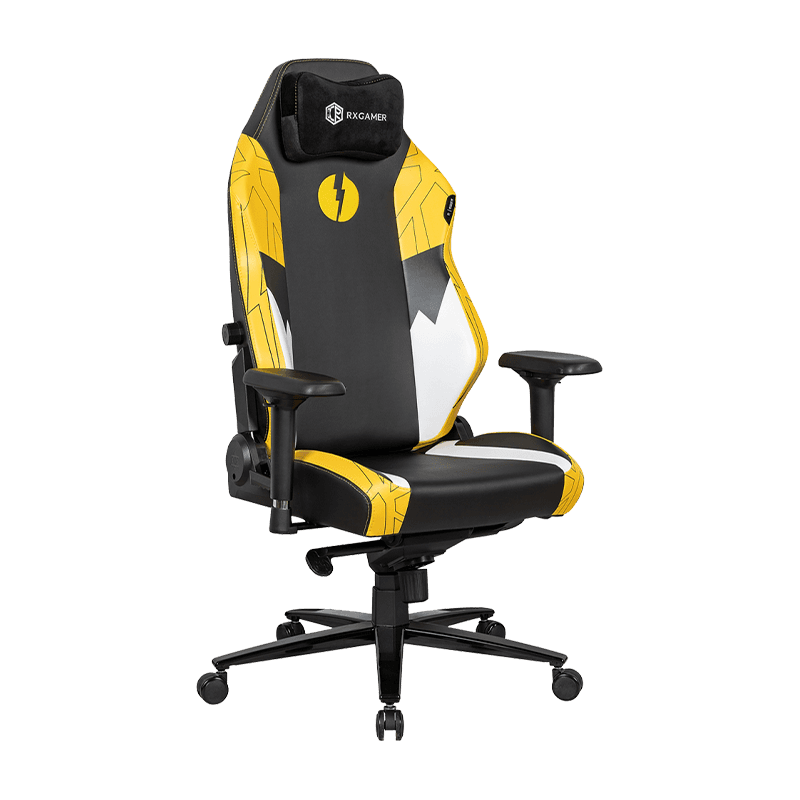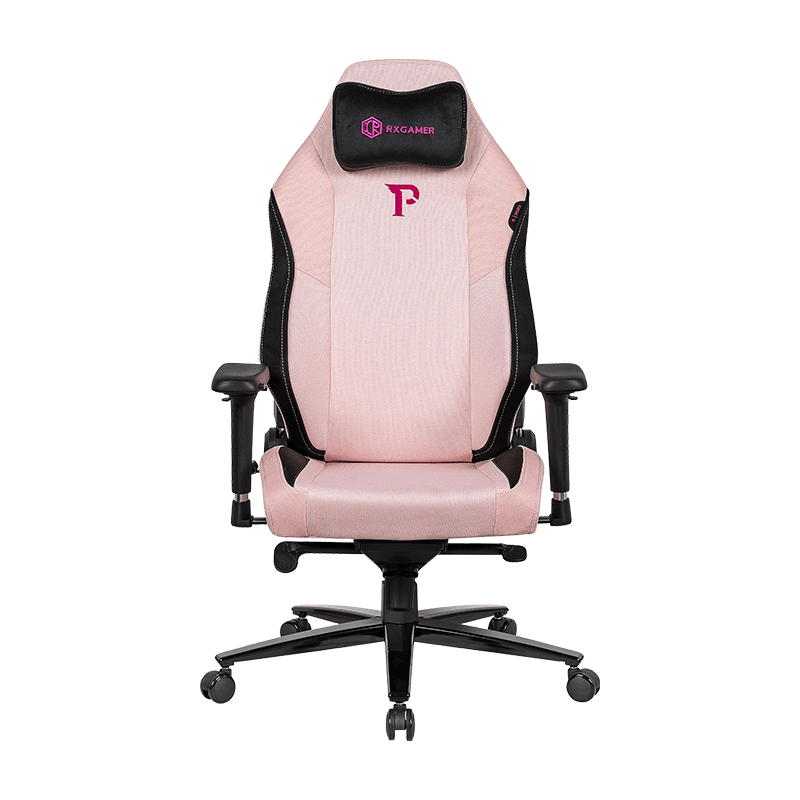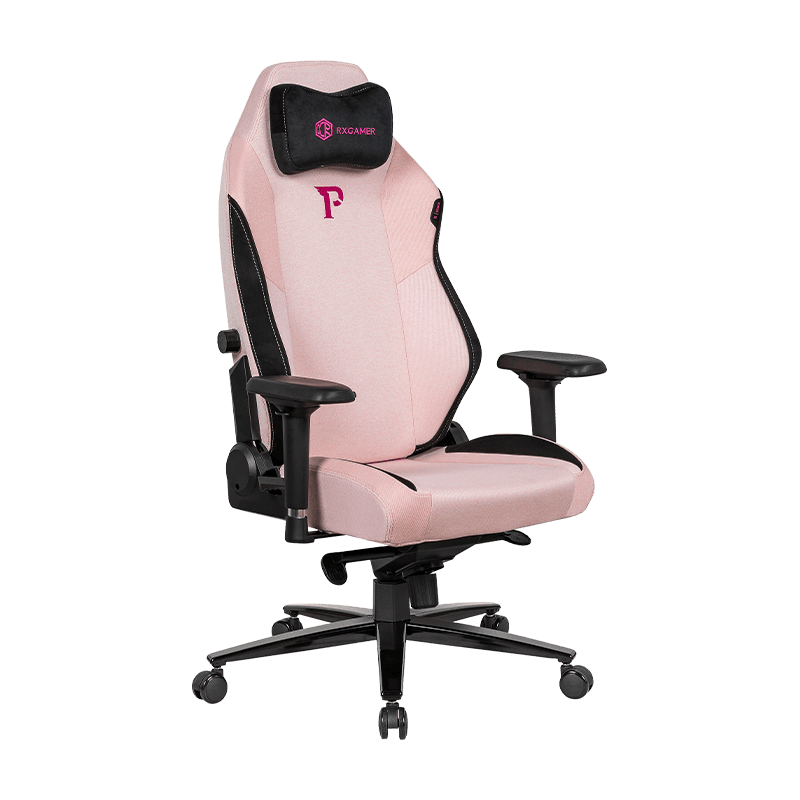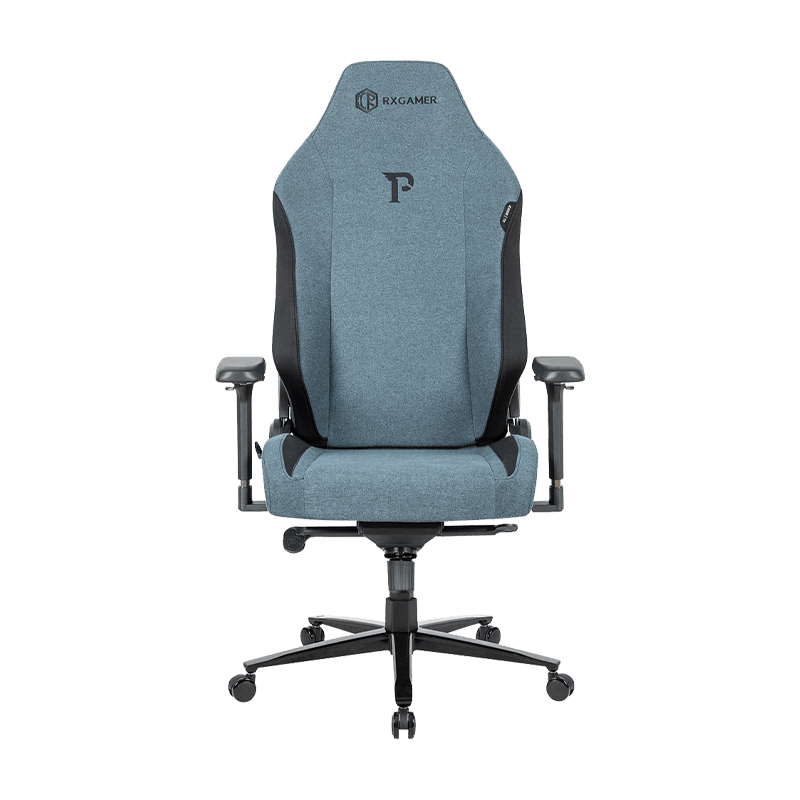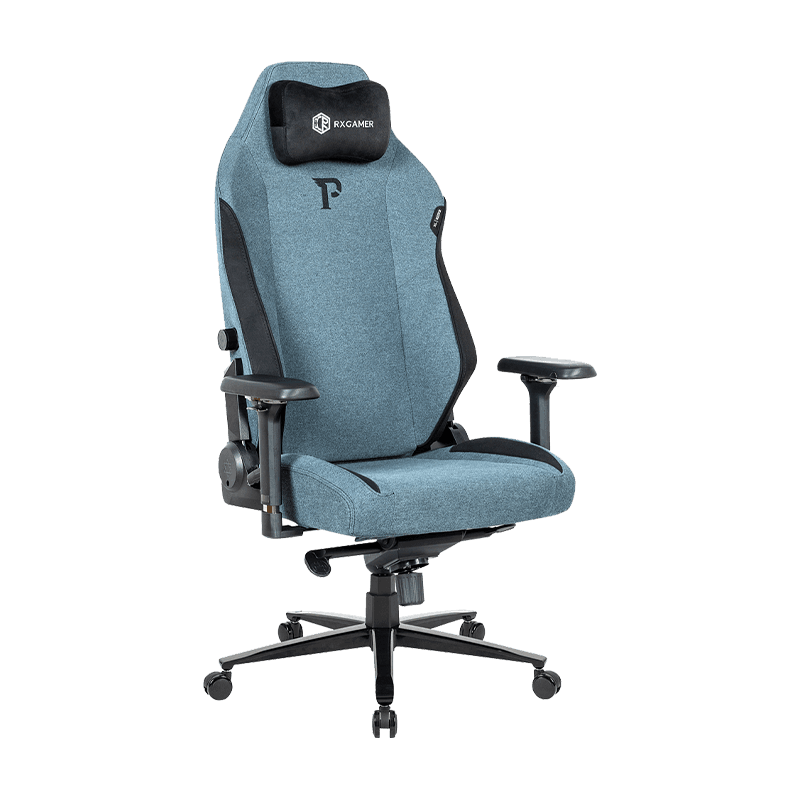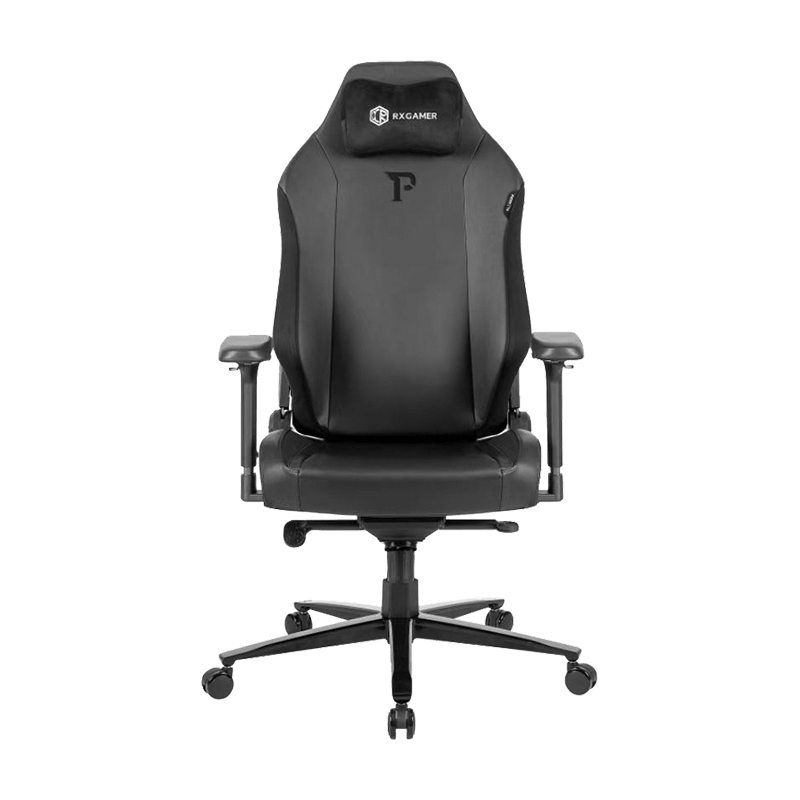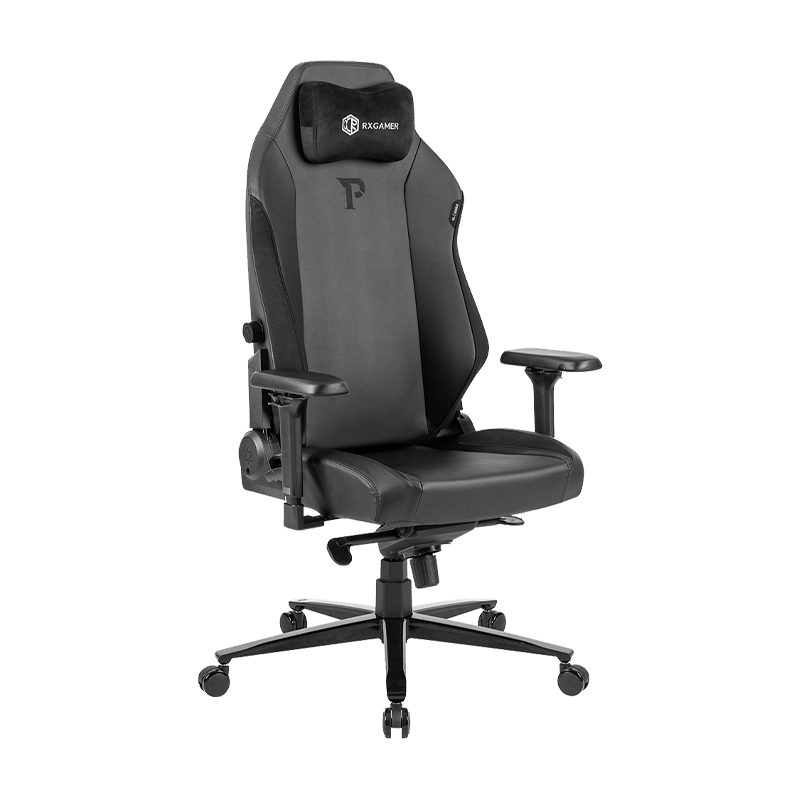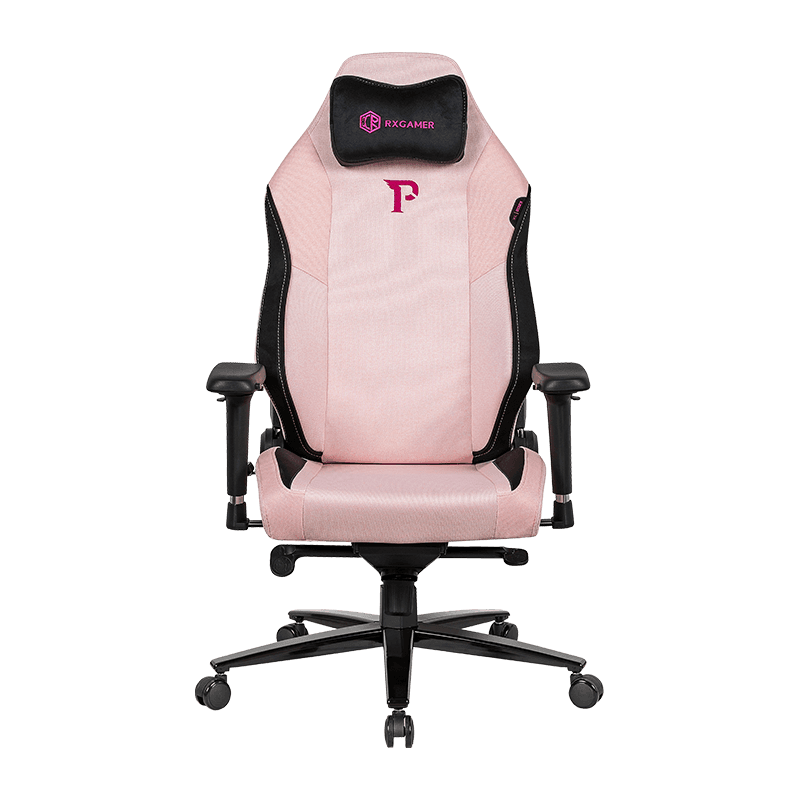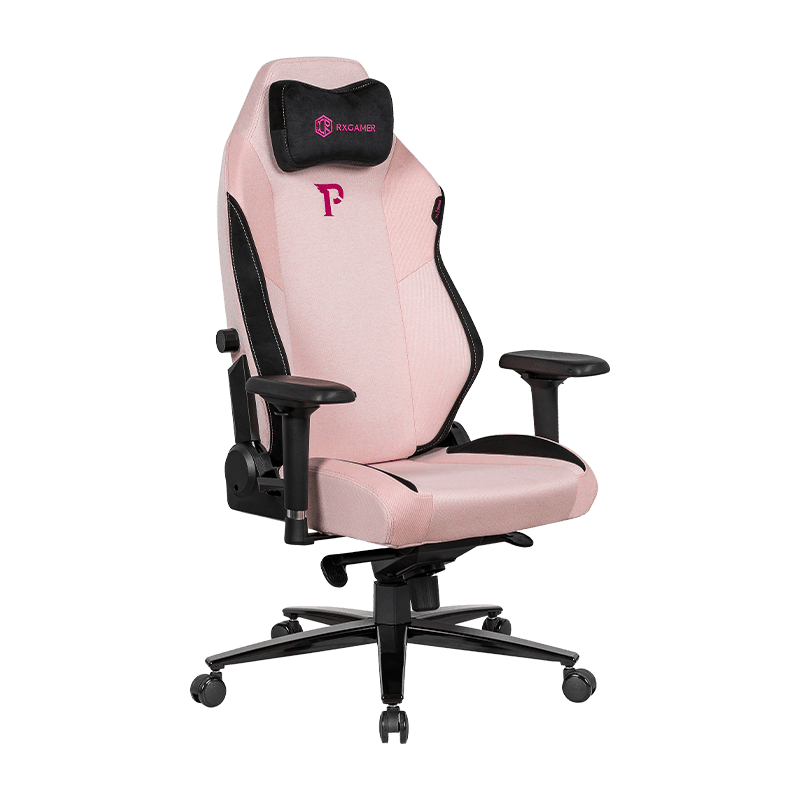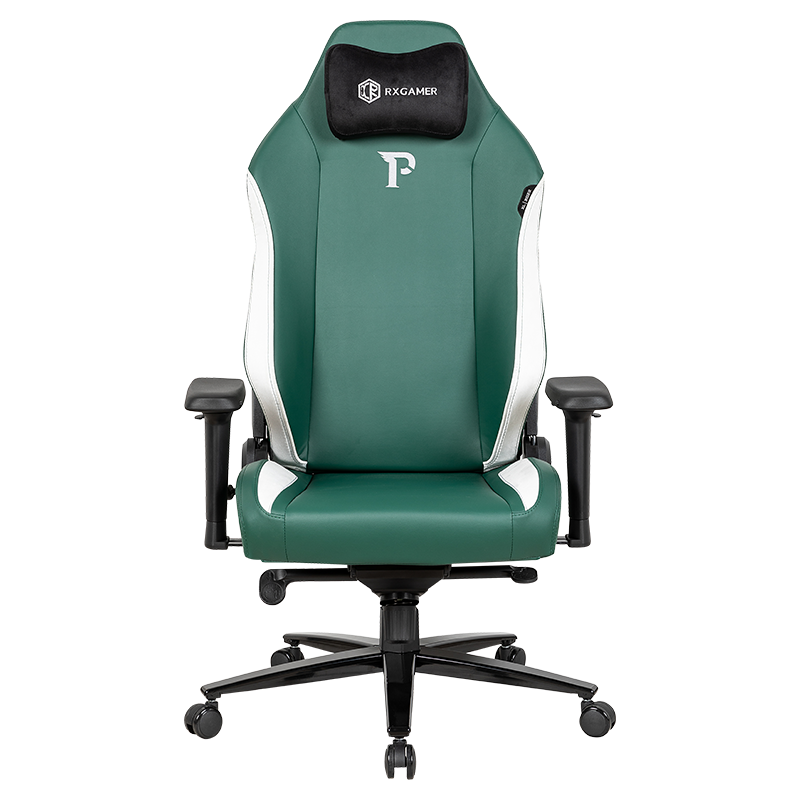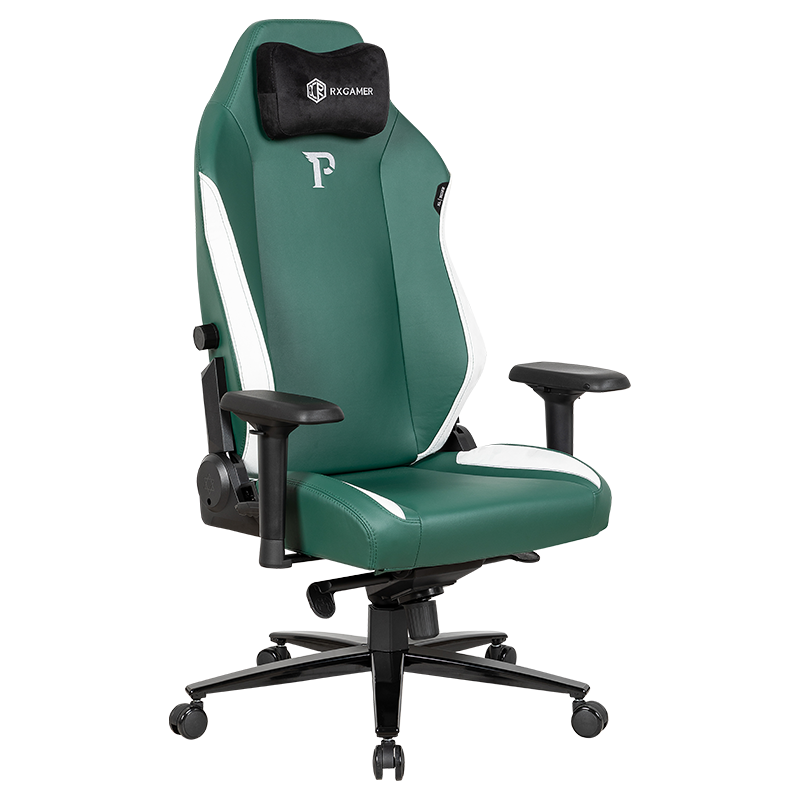In the era of dual-wheel drive e-sports and remote offices, gaming chairs have long broken the label of "exclusive gaming" and become the core device for modern people to pursue healthy sitting postures. Its design philosophy combines the engineering aesthetics and ergonomic principles of racing seats, and continues to refresh users' perception of the comfort experience through material innovation and functional iteration.
Traditional chairs are usually designed according to “standard body shape”, while gaming chairs achieve “the adaptability of thousands of chairs” through modular design. The core is divided into three points:
Multidimensional support system: 4D adjustable handrail support bracket up and down, front and back, left and right, left and right, and rotation adjustments, combined with liftable headrest and dynamic lumbar support, forming a three-dimensional support network from the cervical vertebra to the lumbar vertebra. Some high-end models even introduce 6D adaptive waist support, which enables active support in "House Chase Mode" through sensors that track sitting postures in real time.
Pressure dispersion technology: The composite filling layer of high-density cold foam and memory foam, coupled with the function of an infinitely adjustable chair of 135°-180°, can improve the uniformity of body pressure distribution for longer-term sitting, thereby effectively placing Coccyx and Coccyx and Thigh Roots on pressure.
Microclimate management: The breathability of mesh materials is 3 times higher than that of traditional leather. With the perforated design and invisible ventilation slots, the surface temperature of the seat can still be controlled within the comfort of the human body even after 8 hours.
The material selection of modern gaming chairs has formed an exact matching system for "performance scenarios".
Carbon fiber mimics leather and sporty car-grade soft leather: A protective layer that is resistant to wear and stain on the contact surface between the backrest and the seat cushion. Its coefficient of friction has been tested in the laboratory and can withstand 500,000 frictions while maintaining the surface texture.
Racing particle cloth: The three-dimensional weaving process used in the flange section provides anti-slip support while visual layering is achieved through color mixing techniques such as the collision of black and gray lattices and fluorescent stitches, perfectly explaining the "functional aesthetic".
Steel Frame Upgrade: By combining a 1mm thickened frame with 4 gas lifts, the seat load-bearing capacity exceeds 150 kg and the failure rate was maintained in 200,000 lift tests.
With the popularity of hybrid office models, scene boundaries Gaming chair Melting.
Working Mode: 110° upright sitting position, retractable footstool reduces waist pressure to 70% of standing, and rebuilds desktop office ecology using a wireless charging module and cup holder design.
Entertainment Mode: A combination of 180° lying feature and removable headrests, coupled with hidden Bluetooth speakers, transforms the seat into a private theatre or meditation cabin.
Health mode: The built-in sedentary reminder system and vibration massage module realize the intelligent cycle of the "sitting mobile environment" through application links. Some models are equipped with posture correction sensors that monitor spinal curvature in real time and generate health reports.
From DXRACER's pioneering game chair category to gaming chair becoming an important carrier of hygiene technology, this 20 years of evolutionary history confirms the truth: true innovation always starts with a deep understanding of "people". When chairs are no longer simple load tools, they evolve into smart terminals that connect bodies, technology, and emotions, we may hope that future gaming chairs will redefine the concept of “sitting”.

 English
English 中文简体
中文简体 русский
русский Español
Español عربى
عربى